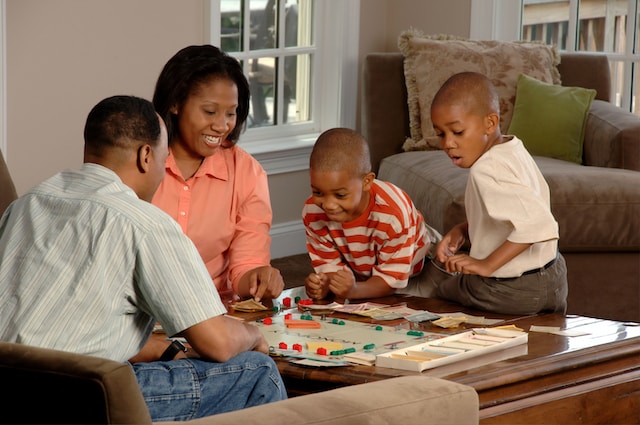Introduction: Sibling relationships are dynamic and ever-evolving, transitioning alongside the changing stages of our lives. From the carefree days of childhood to the complexities of adulthood, the bond between siblings undergoes a fascinating evolution. In this article, we will explore the journey of sibling relationships, examining how they transform over time, the challenges they may
Introduction:
Sibling relationships are dynamic and ever-evolving, transitioning alongside the changing stages of our lives. From the carefree days of childhood to the complexities of adulthood, the bond between siblings undergoes a fascinating evolution. In this article, we will explore the journey of sibling relationships, examining how they transform over time, the challenges they may face, and the enduring connections that continue to shape our lives.
Body:
- Childhood: Foundations of Connection In childhood, sibling relationships often revolve around shared experiences, playfulness, and a sense of camaraderie. Siblings serve as companions, confidants, and partners in mischief. They create memories, forge inside jokes, and develop a unique understanding of one another. Sibling relationships in childhood lay the foundation for the strong bonds that carry into adulthood.
- Adolescence: Shifting Dynamics As siblings enter adolescence, the dynamics of their relationship undergo significant changes. The struggle for independence and self-identity can sometimes create tension and rivalry. Siblings may experience conflicts and differences of opinion as they navigate their own paths and explore their individuality. However, these challenges also provide opportunities for personal growth and learning valuable skills such as negotiation, compromise, and empathy.
- Adulthood: Lifelong Connections The transition into adulthood often brings a deepening and maturing of sibling relationships. As individuals carve their own paths and face the realities of adult life, siblings become pillars of support, sharing in each other’s triumphs and providing solace during times of hardship. Sibling relationships in adulthood offer a sense of stability, continuity, and understanding that can be difficult to find elsewhere.
- Nurturing Shared Values and Traditions Siblings often play a crucial role in preserving family values and traditions. As they grow older, they become the torchbearers of shared memories and carry forward the legacies passed down through generations. Siblings have the power to keep family connections strong, ensuring that cherished traditions endure and maintaining a sense of belonging within the larger family unit.
- Overcoming Challenges and Building Resilience Sibling relationships, like any other, may face challenges along the way. Conflicts, misunderstandings, and distance can strain the bond between siblings. However, it is often these very challenges that provide an opportunity for growth, fostering resilience and teaching valuable lessons in forgiveness, communication, and compromise. Siblings who weather storms together often emerge with a stronger and more profound connection.
Conclusion:
The journey of sibling relationships is a remarkable one, marked by growth, transformation, and enduring connections. From the foundations laid in childhood to the complexities of adolescence and the stability of adulthood, siblings navigate a path that shapes their individuality and the bond they share. Through shared values, traditions, and the ability to overcome challenges, sibling relationships provide a sense of belonging and support that can withstand the test of time. As we reflect on the evolution of sibling relationships, let us cherish and nurture these unique connections that enrich our lives in ways no other relationship can.

















Leave a Comment
Your email address will not be published. Required fields are marked with *